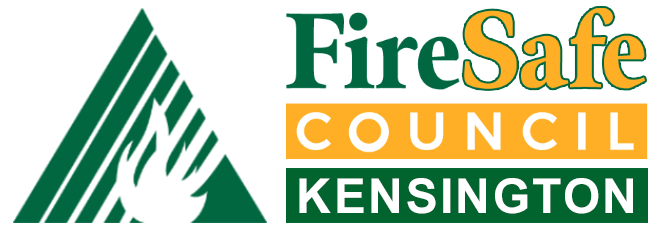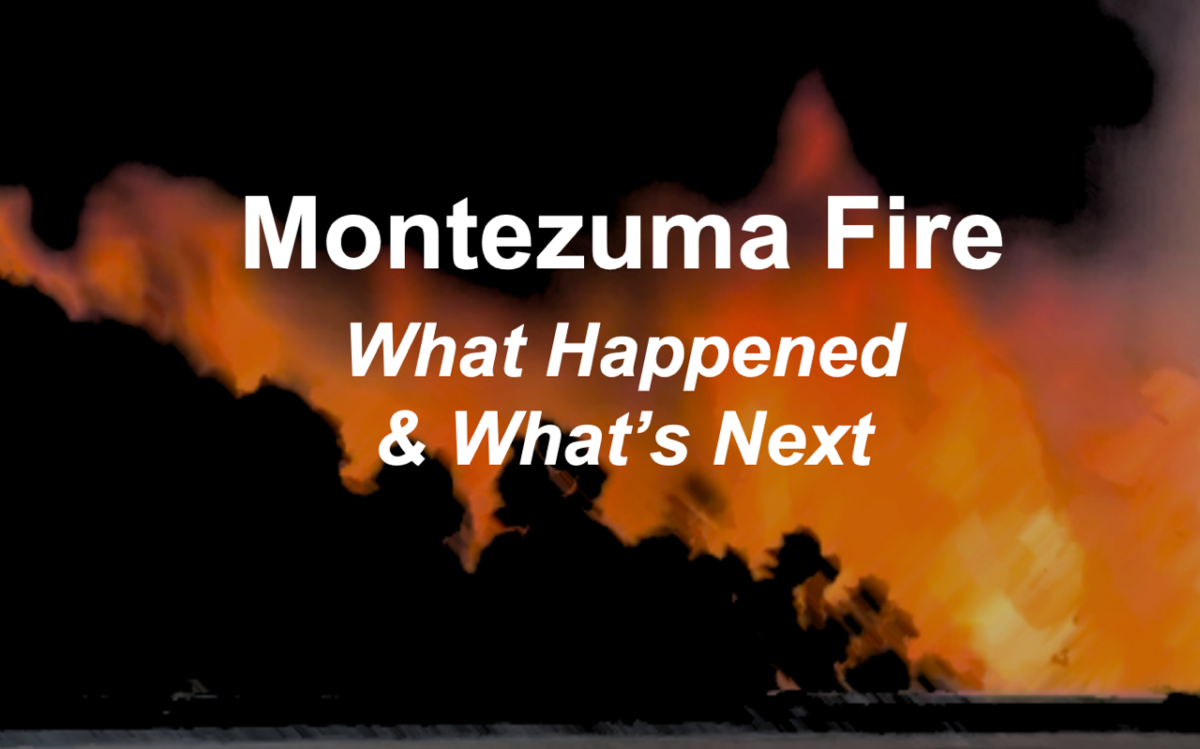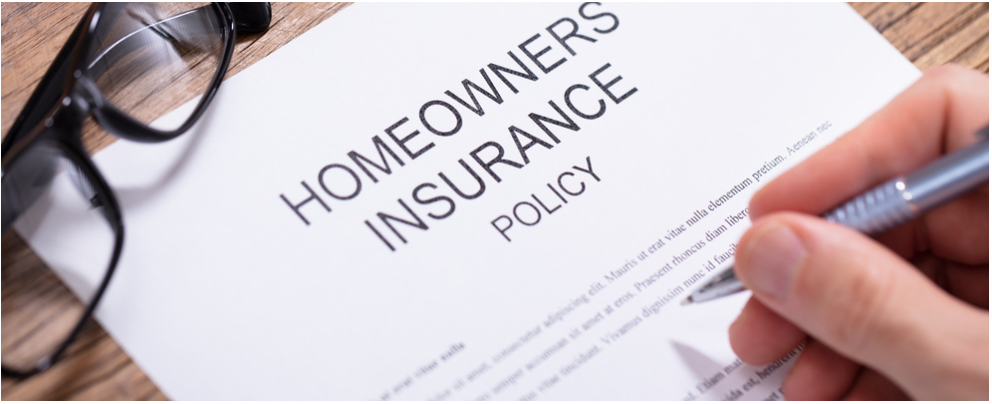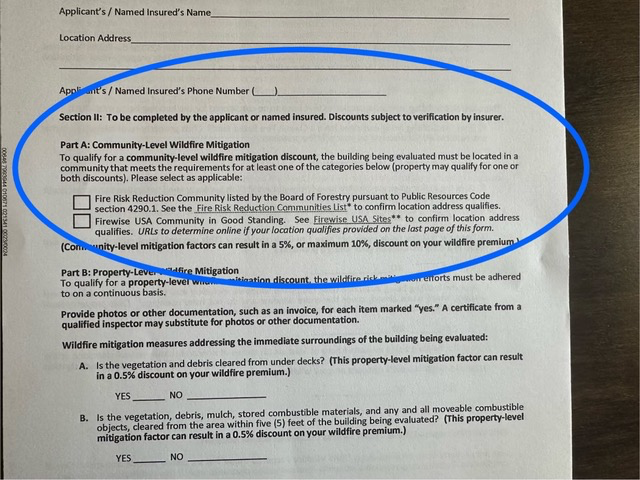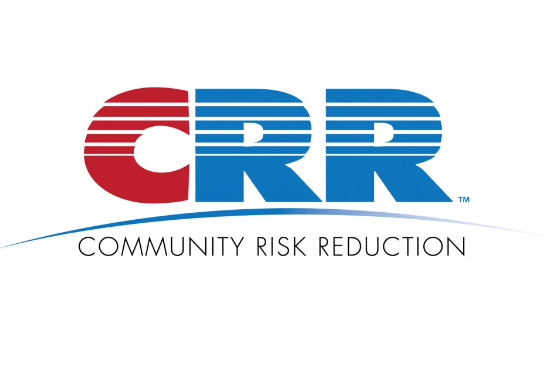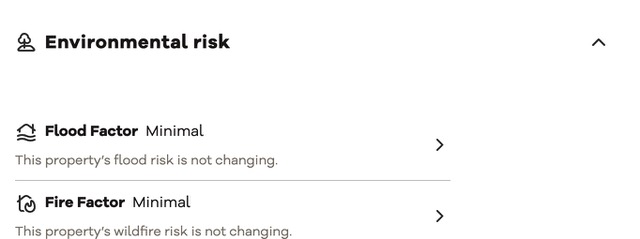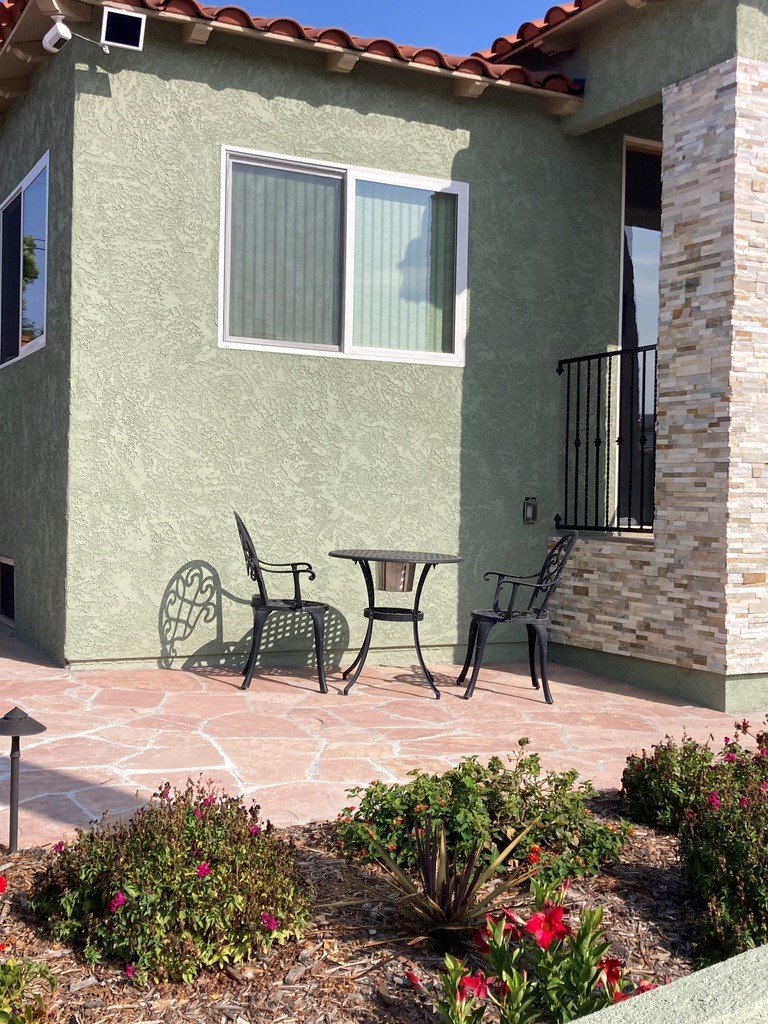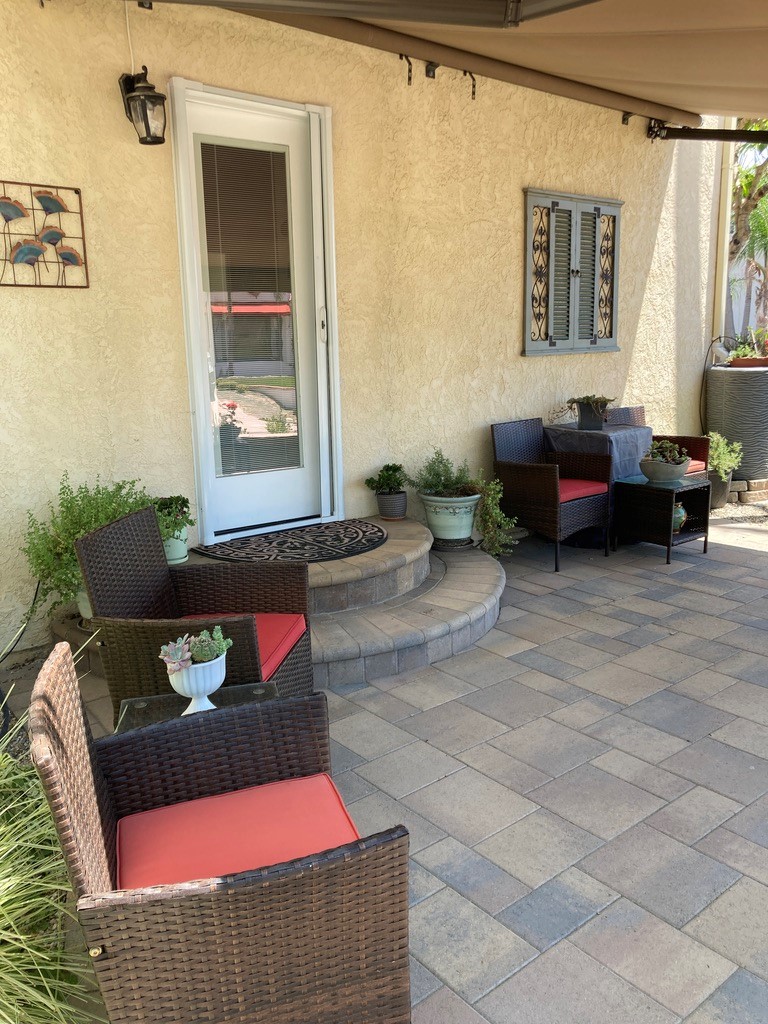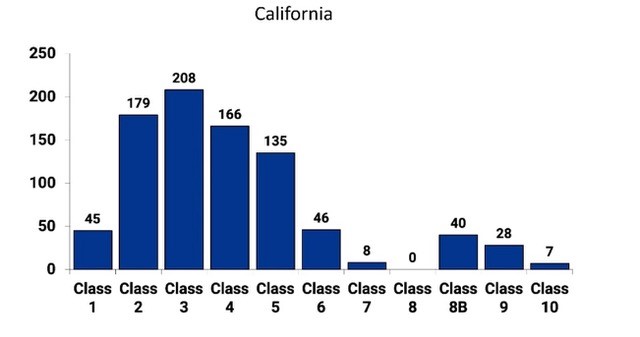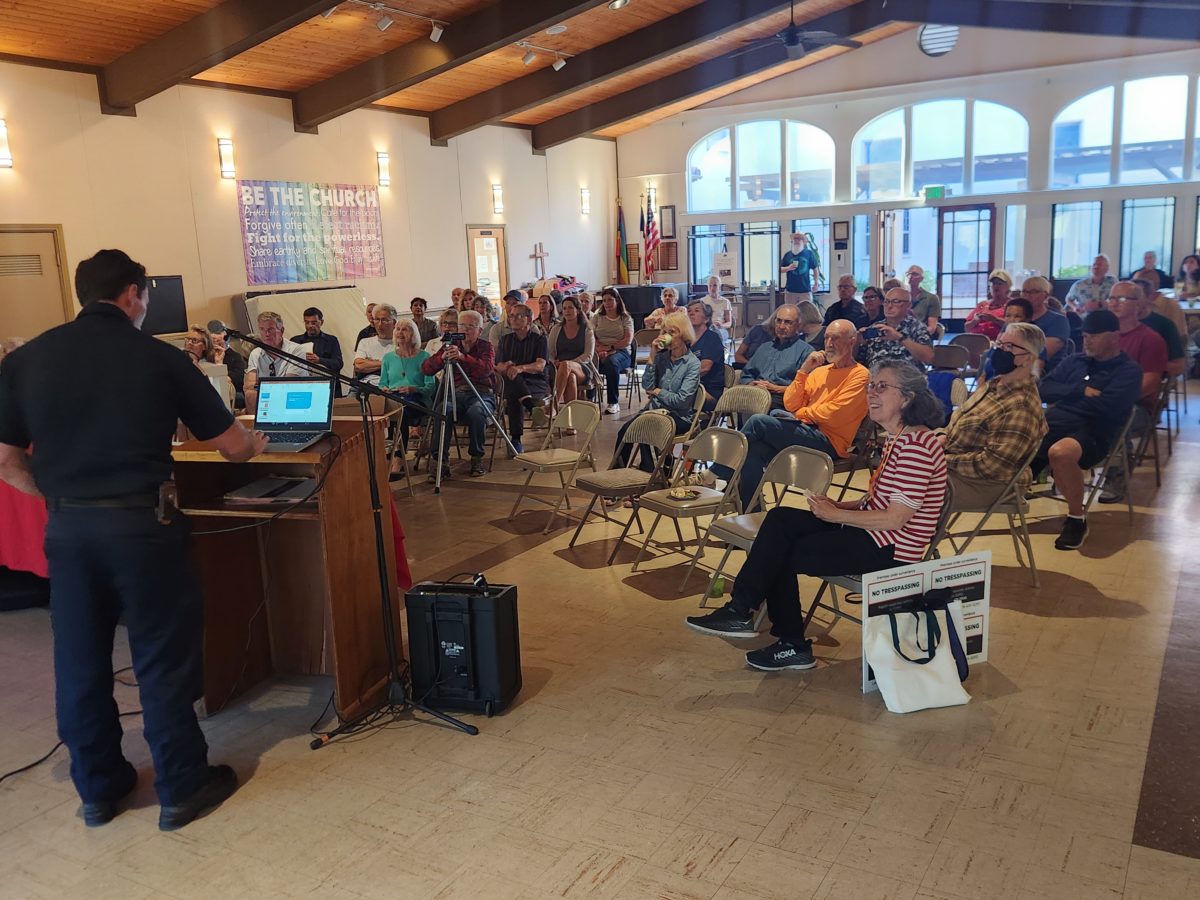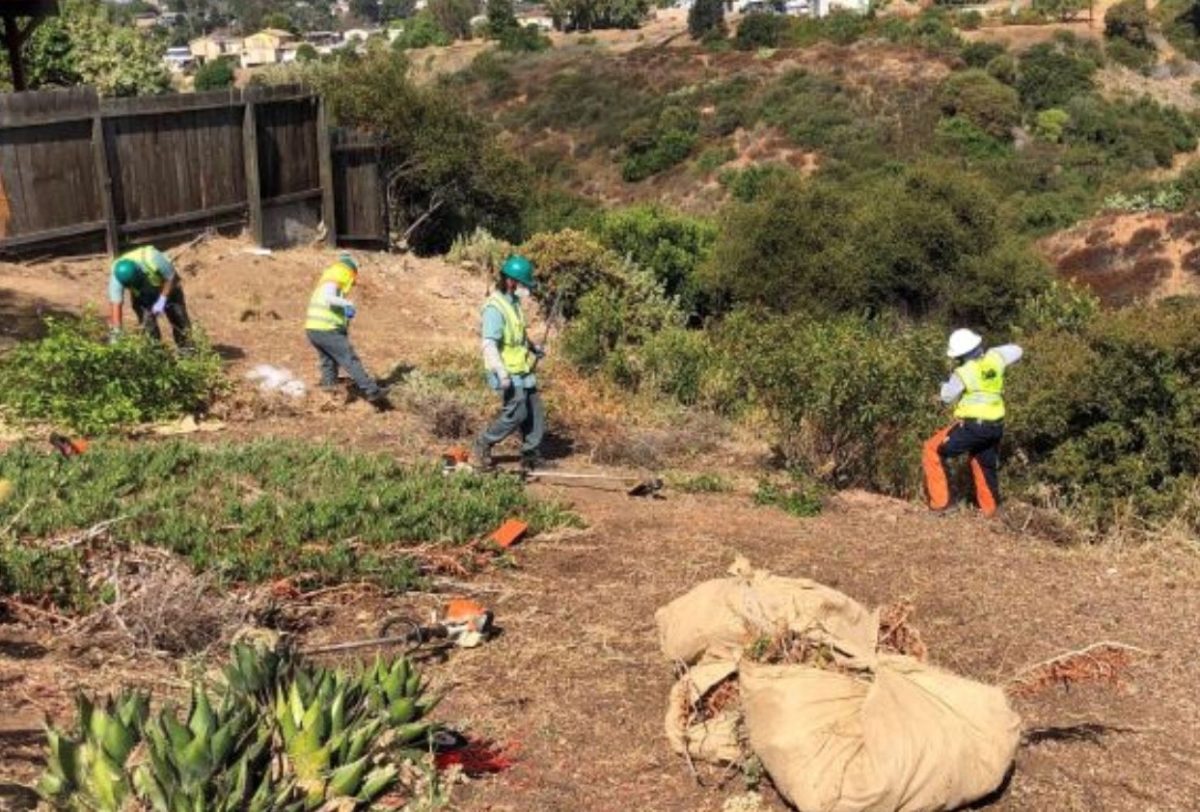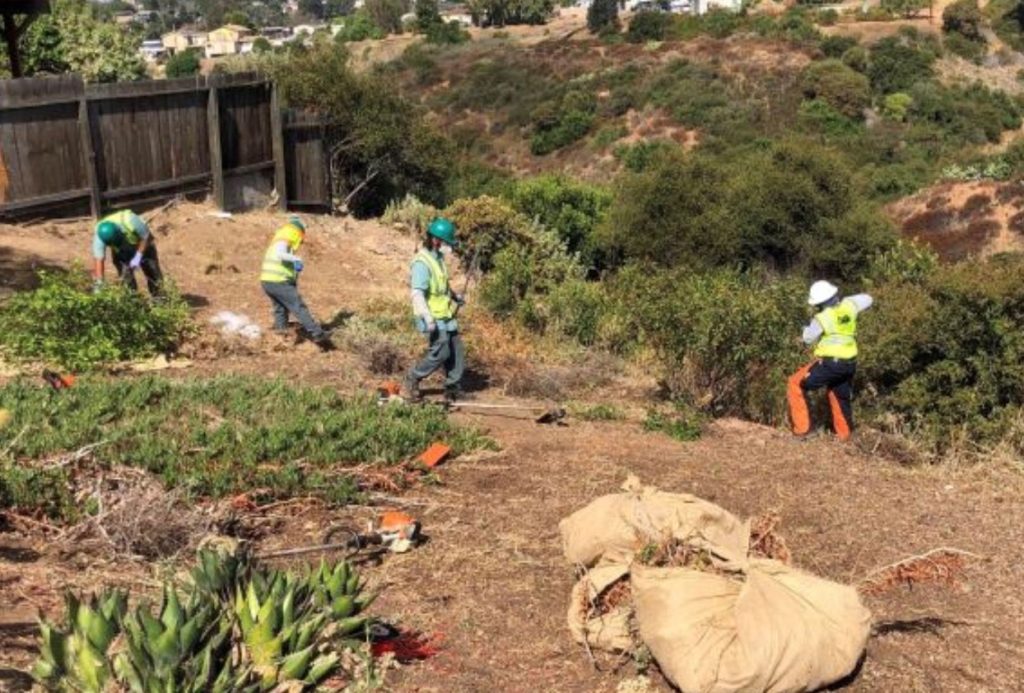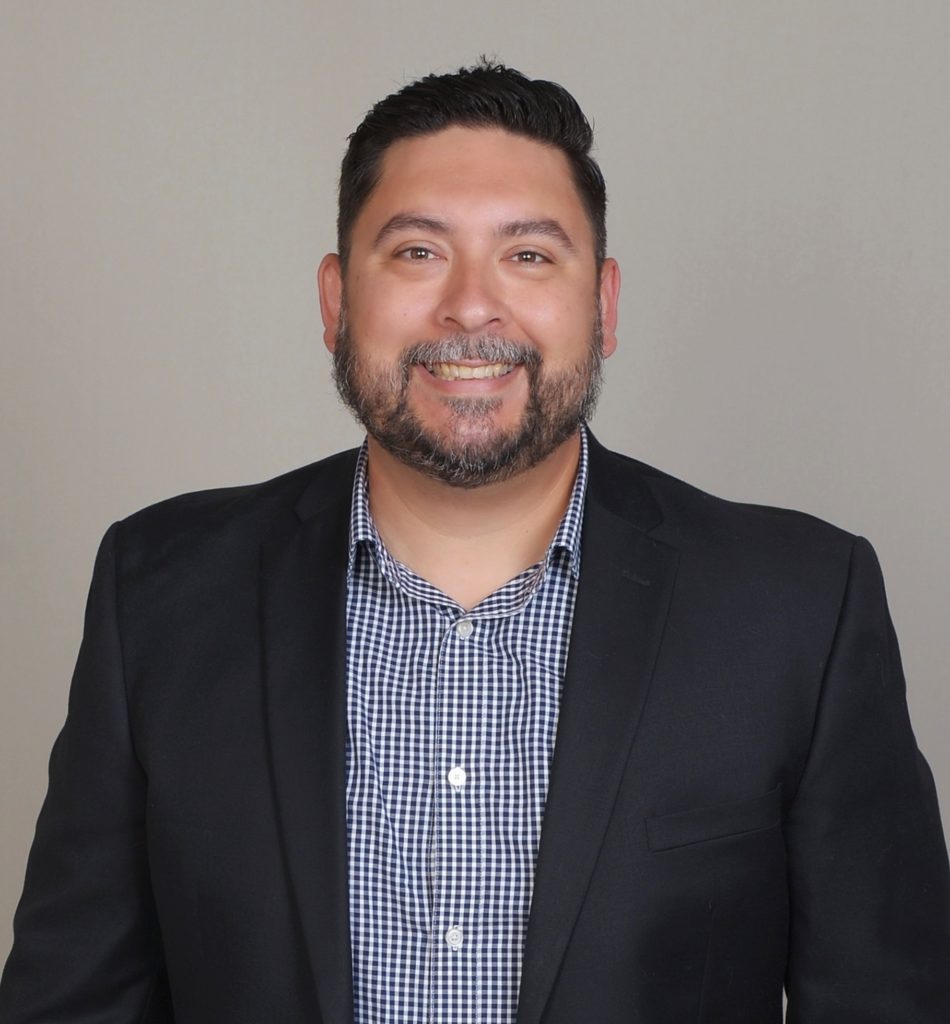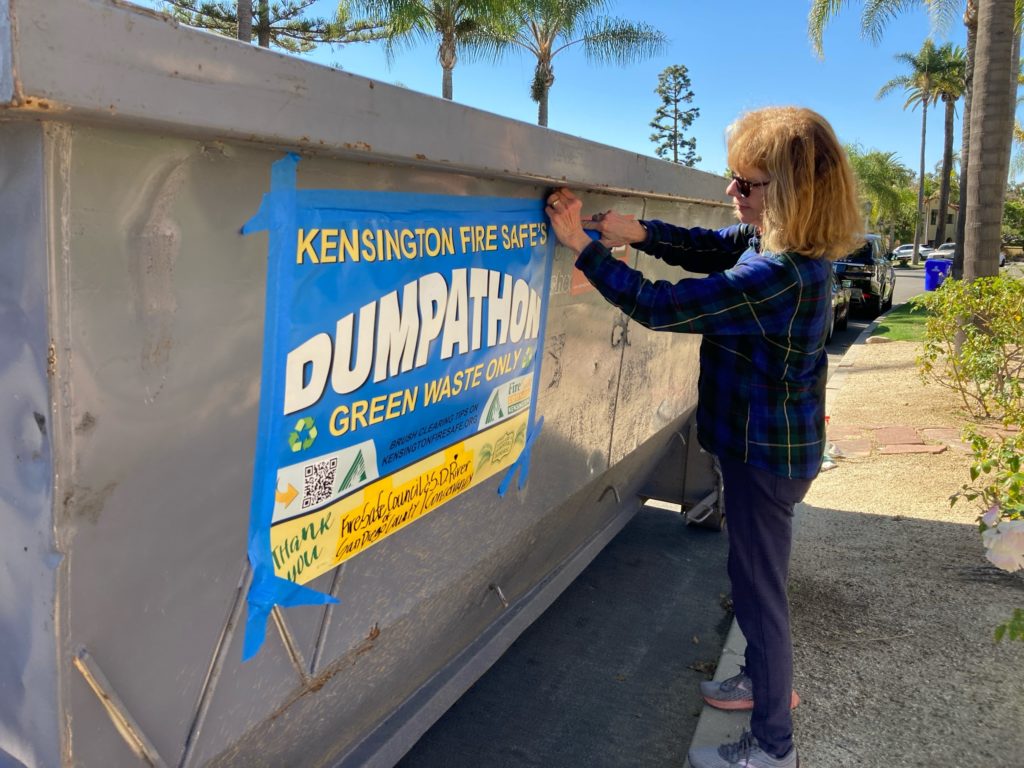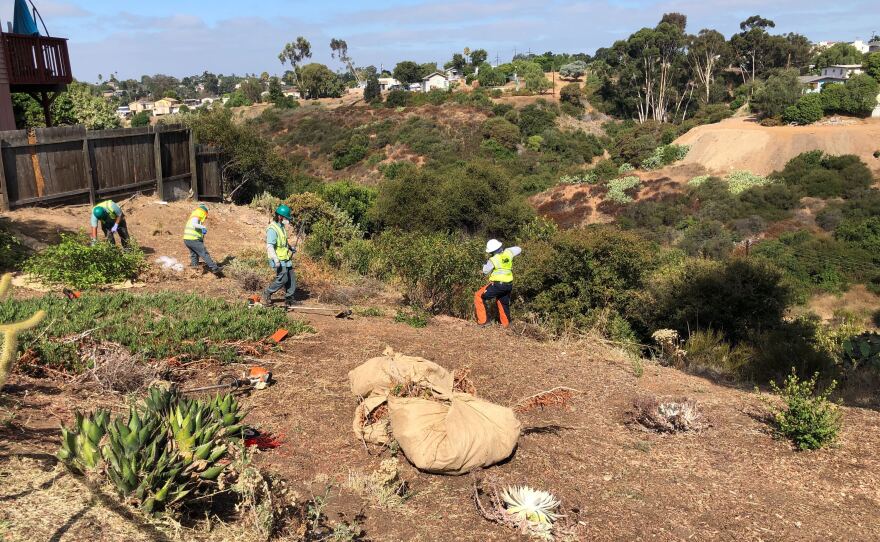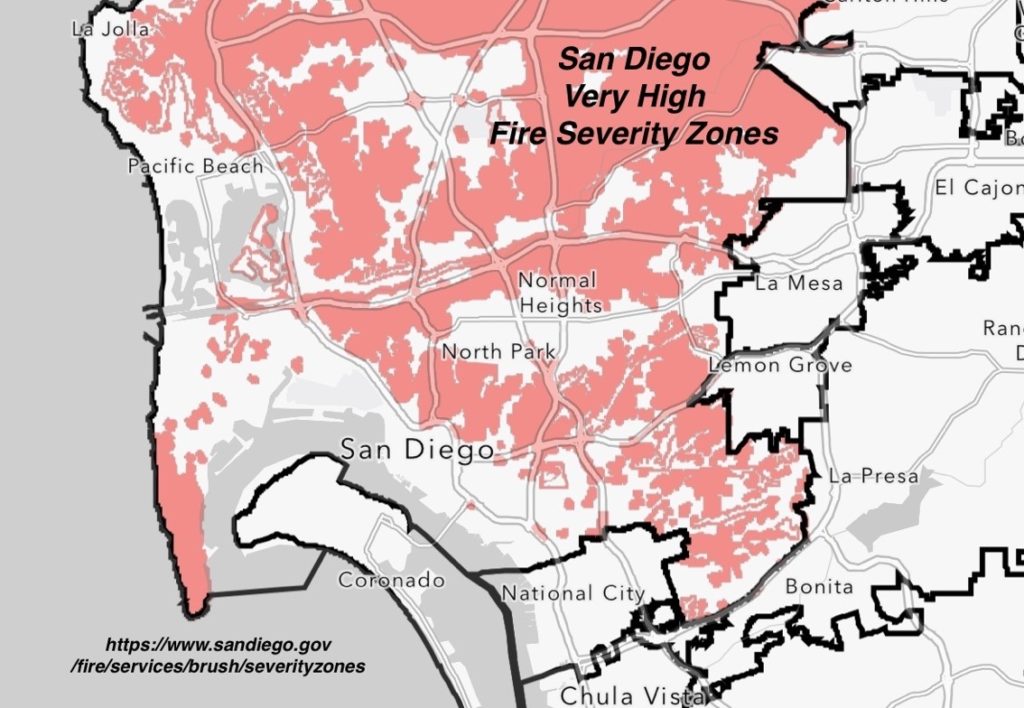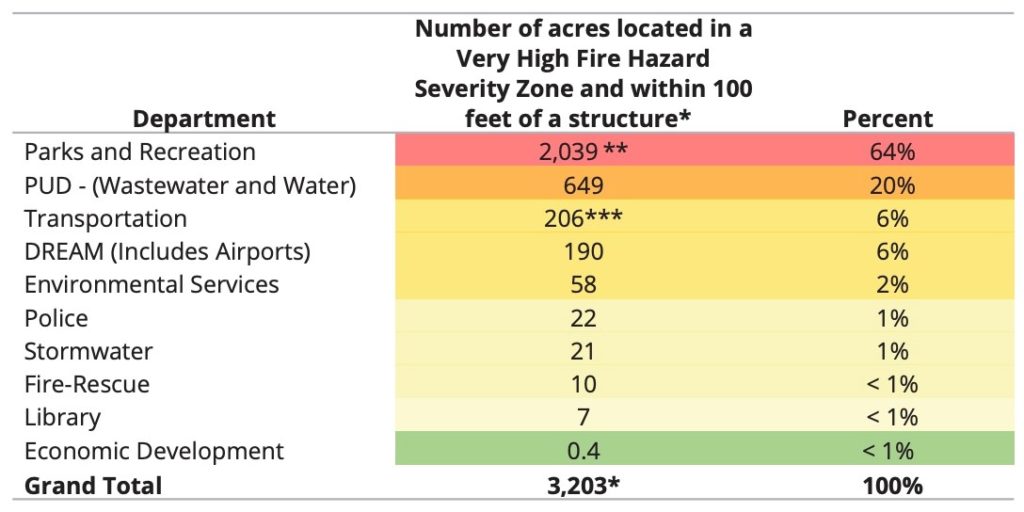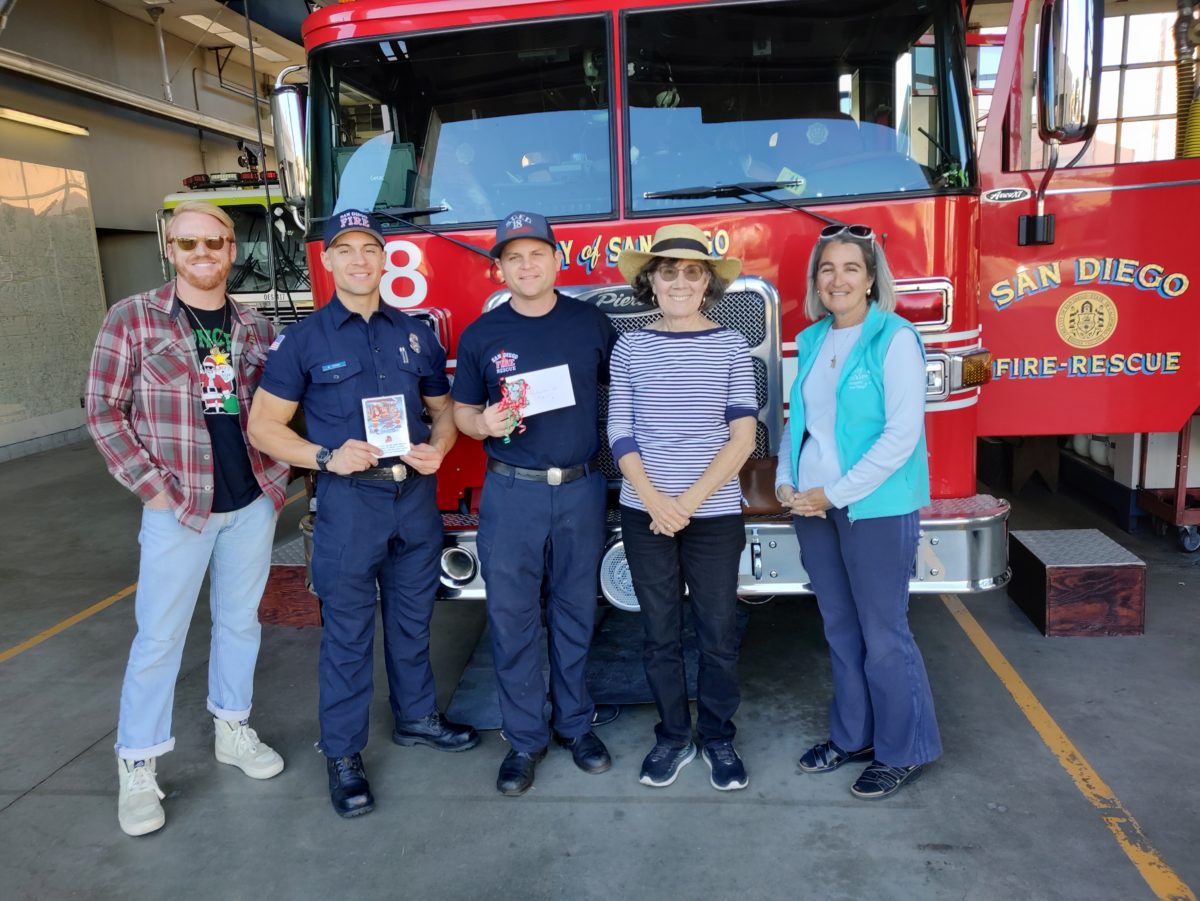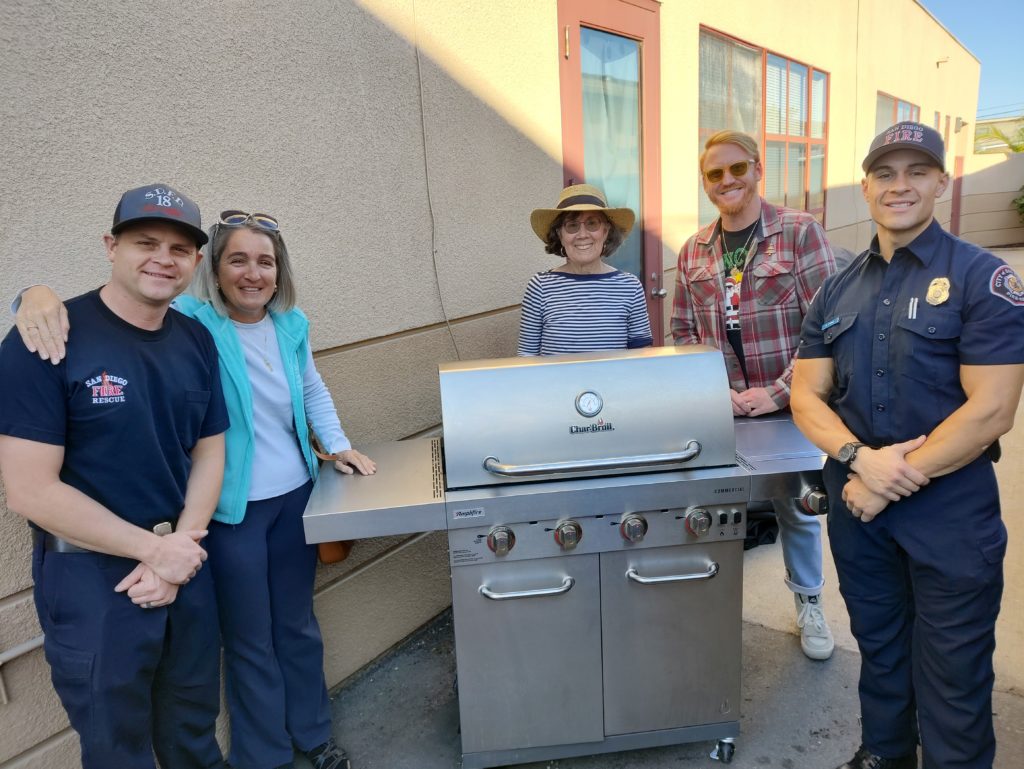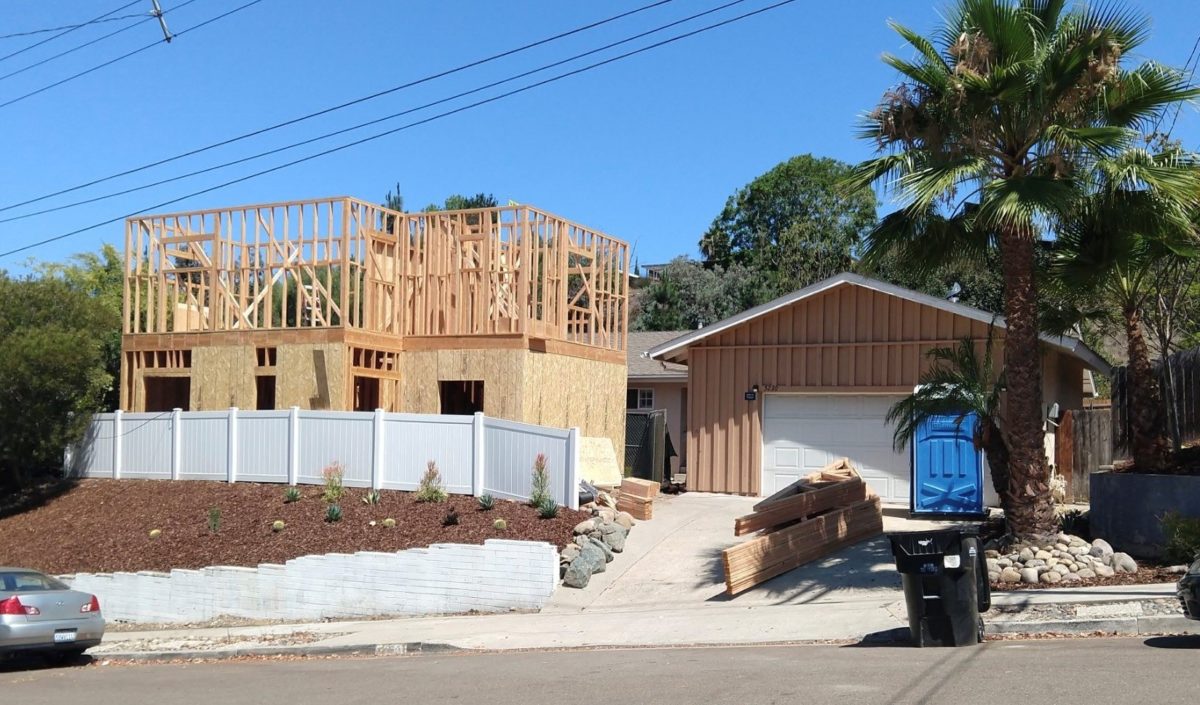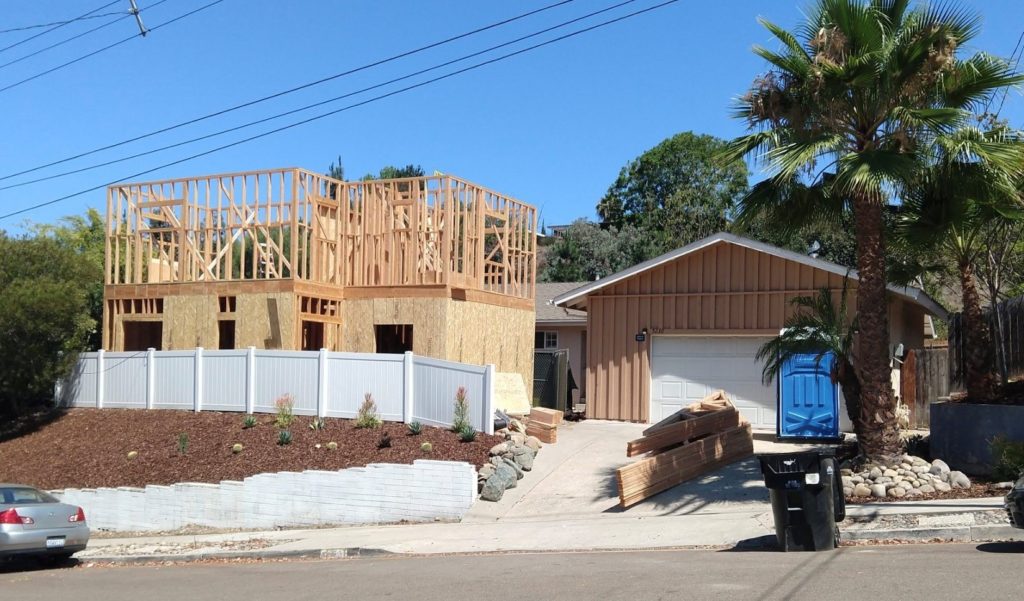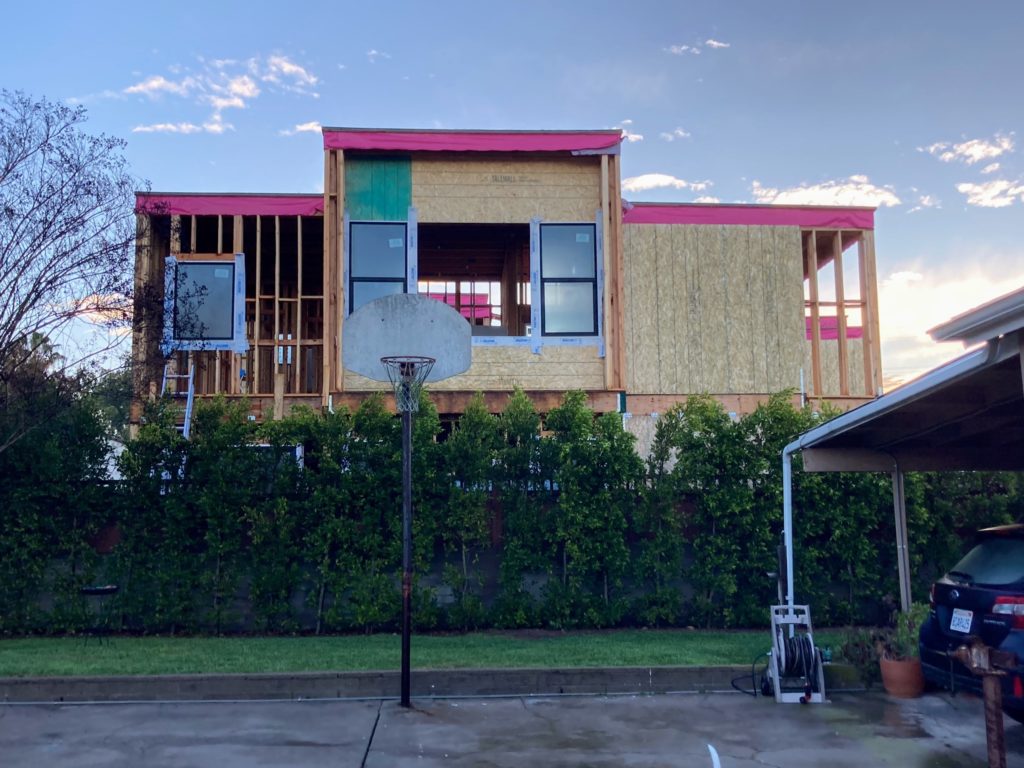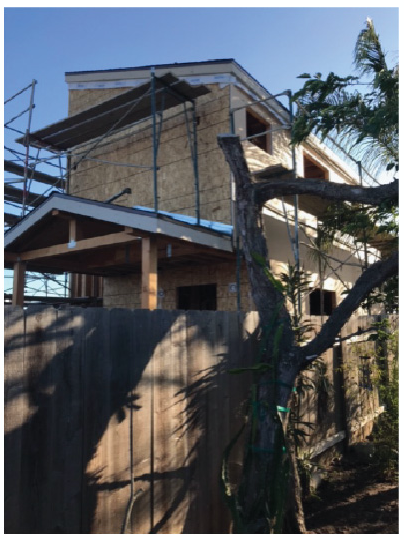By Judy Beust Harrington, Co-Chair, Kensington Fire Safe Kensington’s Fire Safe Council will share researched answers to your inquiries here. Send fire-related questions to info@kensingtonfiresafe.org.. Pictures appreciated!
Last month’s Montezuma Fire spurred over 85 questions from residents, both during the blaze, and later from the 260 folks at the SD Fire-Rescue “What Happened and What’s Next” follow-up presentation, November 21st at Hoover High School.
This is the first installment of answers to questions we were unable to get to during the event. We’ll be publishing them here as well as on Nextdoor and our website.
If you missed this detailed presentation check it out at kensingtonfiresafe.org. You’ll learn exactly how flames entered and destroyed one home, instead of the dozen or more that firefighters initially thought would be lost in the blaze.
Q: What are the best sources for wildfire updates?
A: San Diego’s Office of Emergency Services website recommends downloading Genasys Protect for real time danger and evacuation notifications provided by authorized public officials. It divides a county into smaller zones, each with a unique identifier to help officials communicate about affected areas much more quickly than in the past. More information at protect.genasys.com.
Most people we talked to during the fire were using the WatchDuty mobile app, although it didn’t seem to have very frequent updates. According to a Washington Post article last June, it’s a successful but low-budget service mostly run by volunteers, including retired firefighters, who pull info from law enforcement sites, news briefings, video feeds of fires, radio communications and other sources.
We should all register our cellphone # and email address with AlertSanDiego. Emergency responders use it to send evacuation and incident information. Their disaster feed also provides some basic data on current and past fires.
San Diego Fire-Rescue Department’s “X” feed also lists fires and provides background info. https://x.com/SDFD/status/1852497271625269360.
You can sign up for SDG&E power shut off alerts at: https://www.sdge.com/notifications. Even if you are not the bill payor, you can register on the app so you also get the alerts. Be sure to keep your contact info updated.
ALERTCalifornia (https://alertcalifornia.org/) utilizes AI for detecting smoke and other early fire indications via over 1,000 cameras placed in various forests. In the first two months of use, it correctly identified 77 fires before any 911 calls came in.However, it didn’t detect the Montezuma fire – likely because the closest camera appears to be at Cowles Mountain.
A wildfire-focused UC-Berkley engineering professor, who mostly uses Watch Duty for fire info, warned that apps can’t take the place of official communications from government agencies: “No information source is completely reliable. Mobile phone and internet service can fail during fires and cut people off from communications.(1)
So maybe keep those radios and TVs on too, plus have a portable charger ready for your cell phone, in case power is shut off.
Q: What does it really mean when a wildfire is “contained”?
A: During the recent fire, many were confused by the low “% contained” reports even after the highly visible flames were gone and smoke was a mere fraction of what was previously witnessed.
Deputy Fire Chief/Fire Marshal Anthony Tosca explained to us that flame and smoke do not determine the degree of “containment” in a vegetation fire. Instead, the term refers to the extent to which fire crews have managed to create a barrier around the fire’s perimeter to stop it from spreading. This barrier or “fire line”, is created by removing vegetation and other flammable materials or using natural or constructed breaks in the landscape to act as a boundary.
For example, when a fire is “50% contained” it means that half of the fire’s perimeter is surrounded by these controlled barriers. Full containment, at 100%, means the entire perimeter of the fire is encircled by a fire line, greatly reducing the risk of further spread.
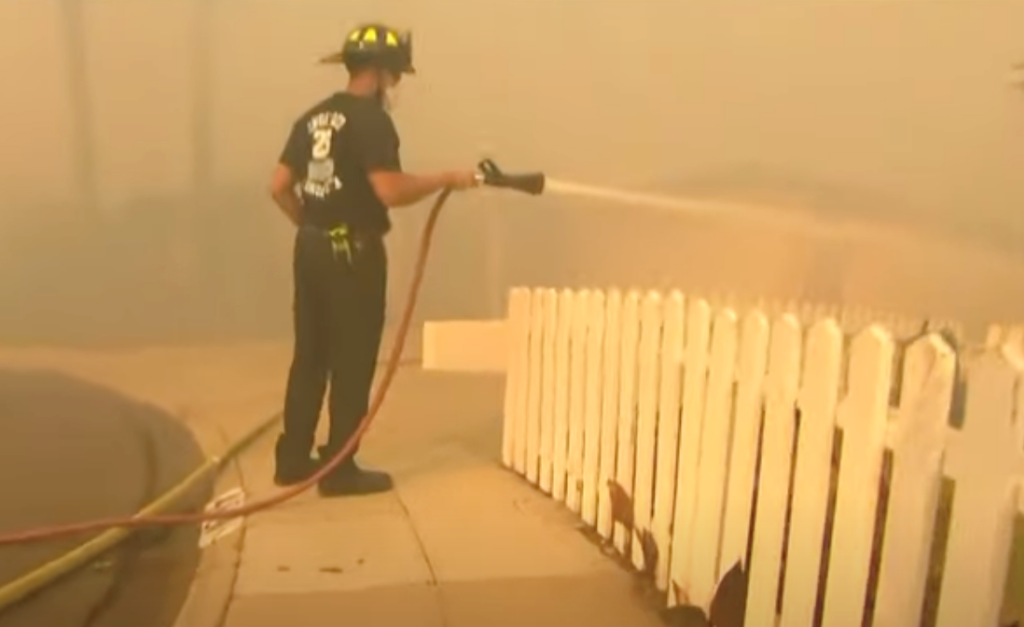
Q: If you have time, should you hose down your yard and home before leaving?
A: Again, Chief Tosca clarified for us: “Hosing down your yard and home before evacuating may seem like a good idea, but it’s not recommended for a few reasons:
1. Water Won’t Last: The water you spray on your home will quickly evaporate, especially in the heat and wind of a wildfire. Once it dries, it won’t provide any lasting protection, and your home would be just as vulnerable as if it hadn’t been watered at all.
2. Every minute counts: Hosing down your yard and home can take valuable time and increase the risk of you being caught by the fire. Better to leave promptly and let firefighting teams manage structure protection.
3. Water Pressure for Firefighting: In a wildfire situation, firefighting crews rely on a consistent water supply to combat the fire. Excessive water use by homeowners can reduce water pressure, which may impact firefighters’ ability to protect your neighborhood.”
Extra! Extra!
Help save firefighters lives – when you see the flashing lights of a red fire truck that’s positioned diagonally across a highway lane, it’s to block traffic away from the ambulance and mangled car in front. At 65+ mph, cars zipping in front of that truck put firefighters and emergency personnel’s lives at risk! Please do not rush back into the lane as soon as you pass the fire truck. Stay away until you are well past the accident!
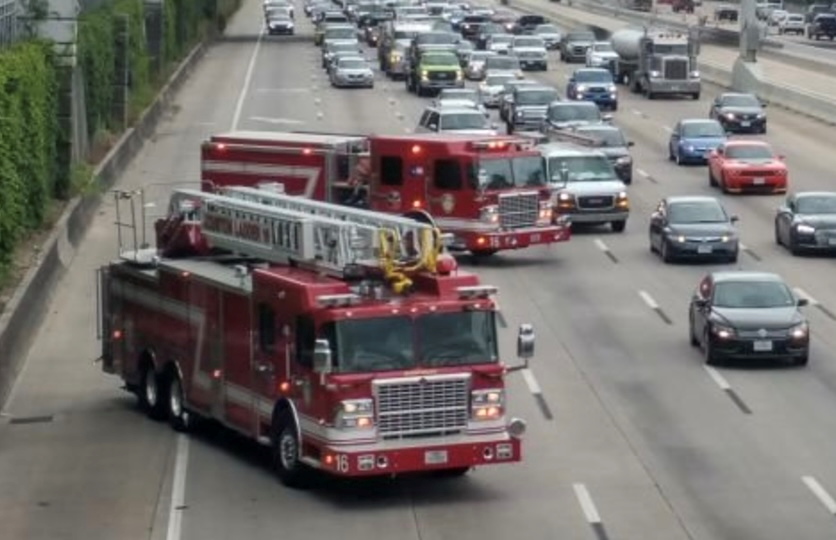
(1) https://www.washingtonpost.com/technology/2024/06/21/wildfire-tracker-map-app/
